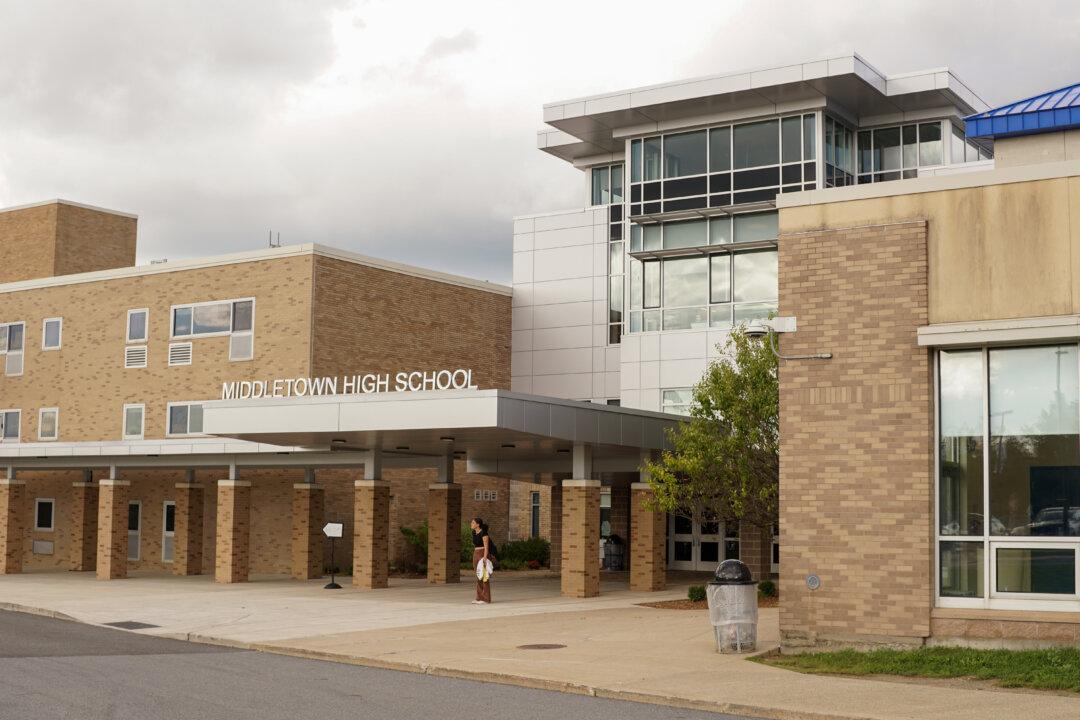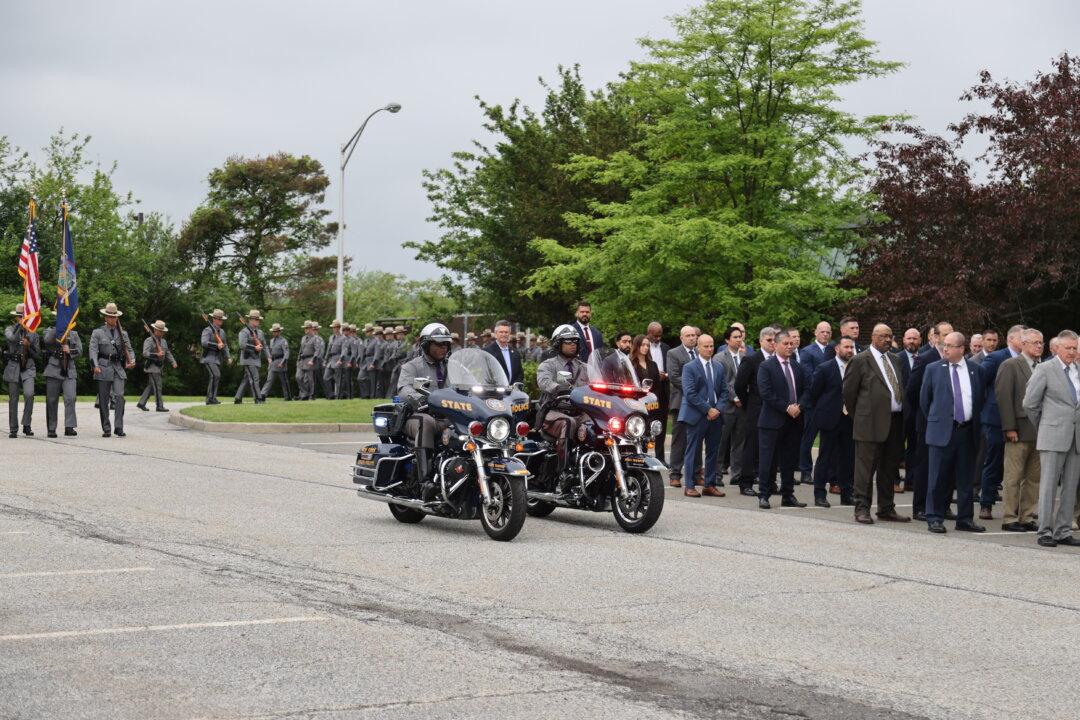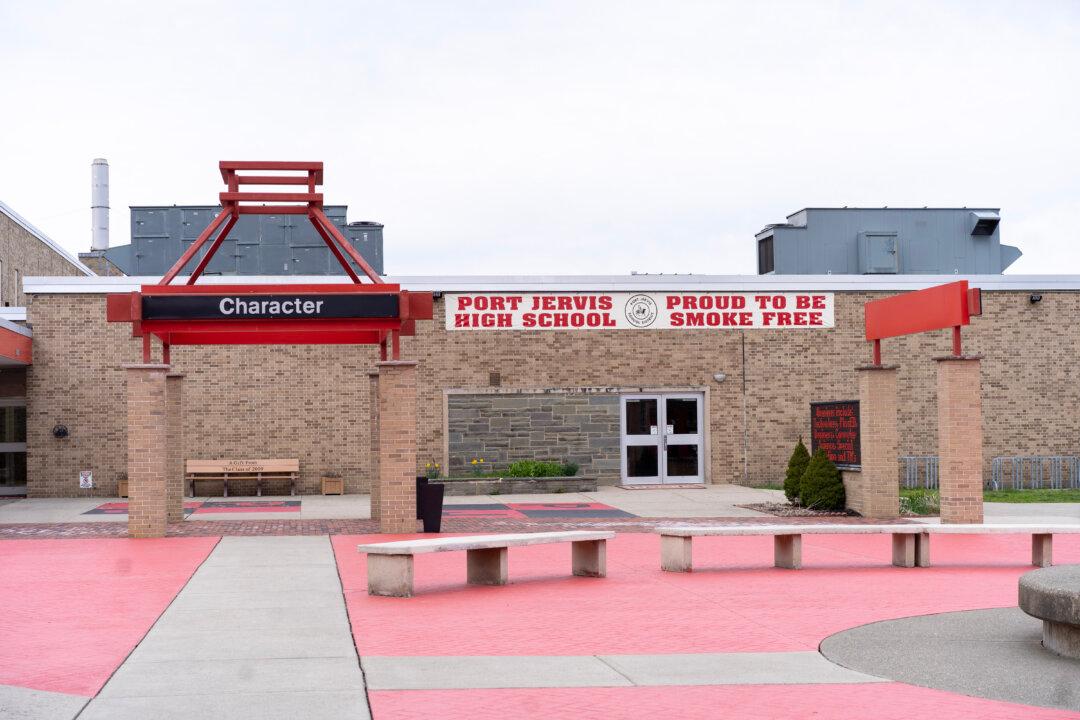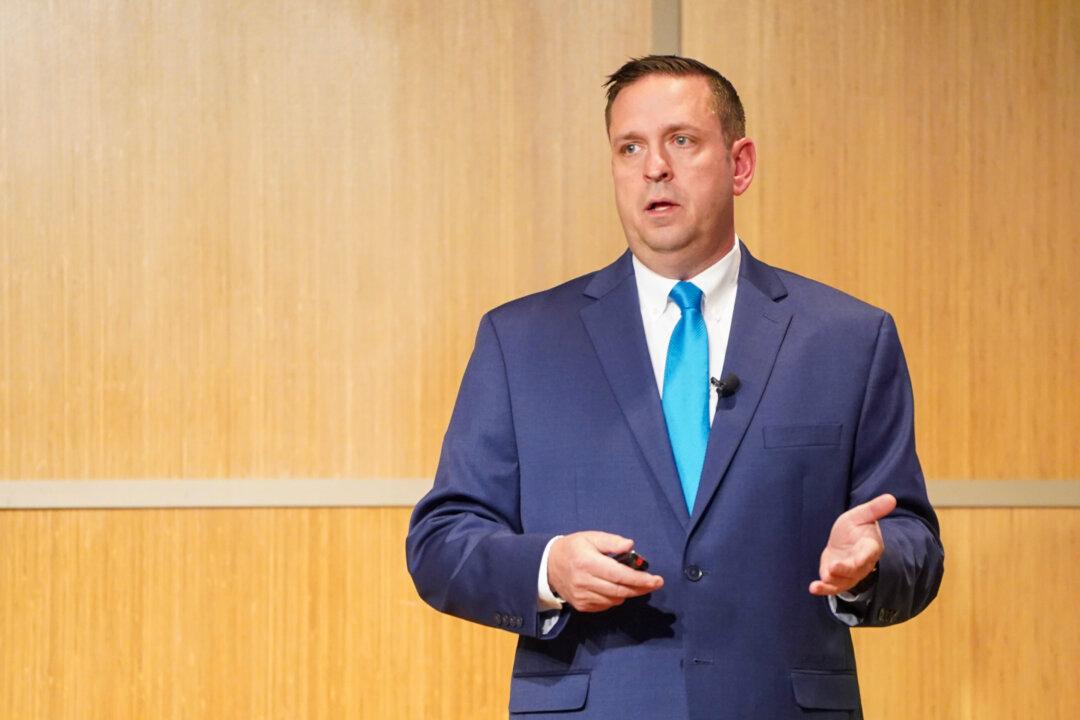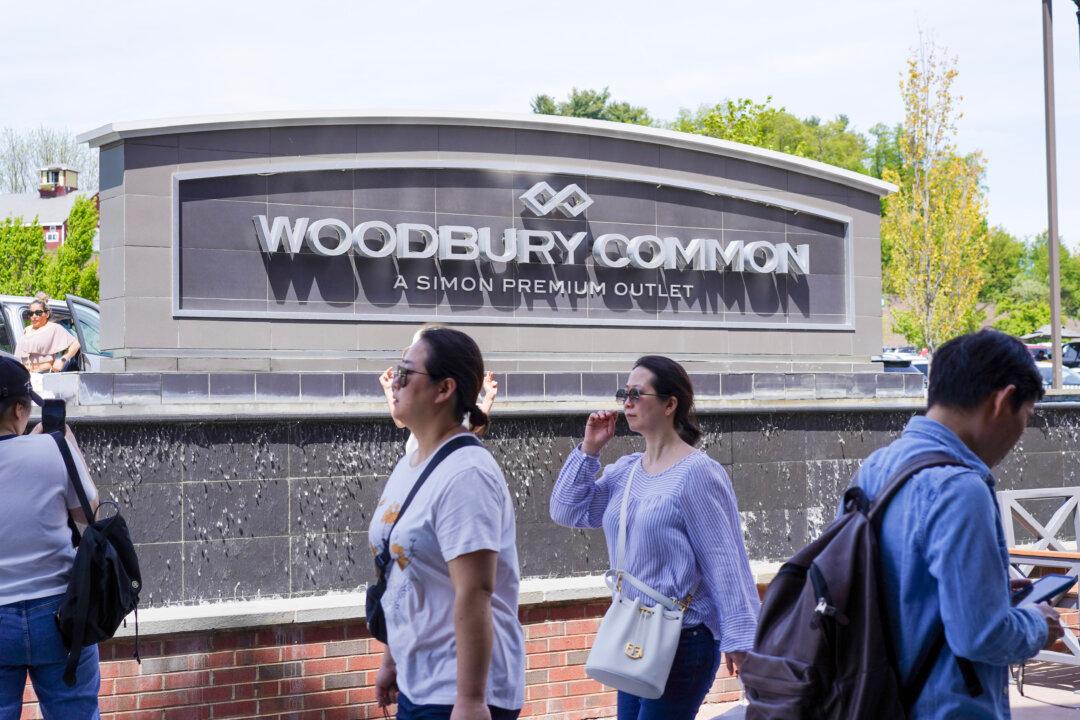This fall, Middletown School District is continuing the policy of no cell phone use by students during the school day, given the positive outcomes observed on campuses, according to Superintendent Amy Creeden.
The district was one of the first in the area to institute such a policy last year.
